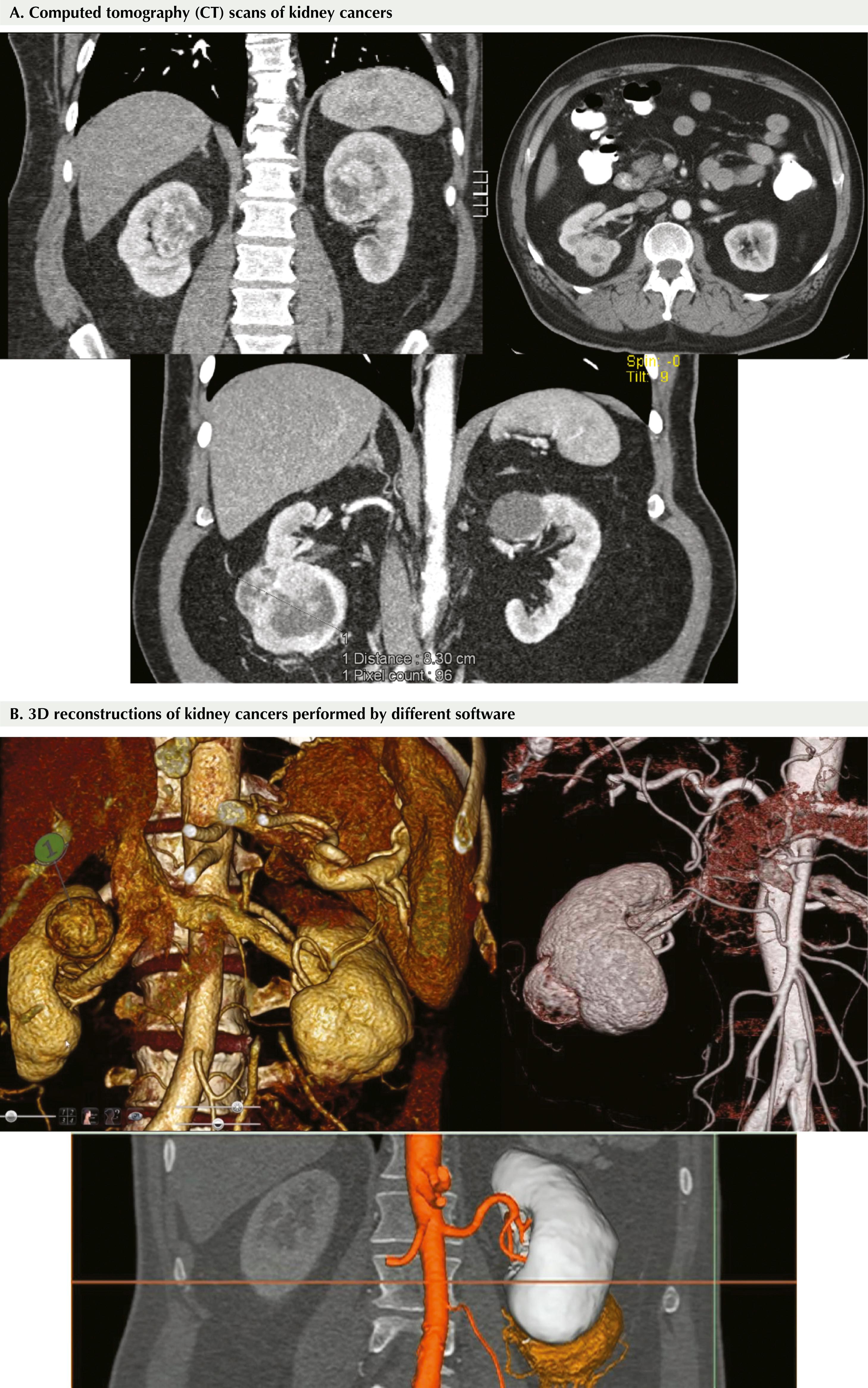Physical Address
304 North Cardinal St.
Dorchester Center, MA 02124
Renal cell carcinoma (RCC) represents the most frequent cause of renal neoplasm and is the third most common malignancy in men and women. The widespread use of abdominal imaging has significantly increased the diagnosis of renal masses. Current guidelines recommend elective partial nephrectomy as the standard surgical treatment for renal tumors smaller than 4 cm in maximum diameter and favor partial nephrectomy over radical nephrectomy for tumors 4 to 7 cm when technically feasible. For larger renal tumors (>7 cm), radical nephrectomy is still regarded as the reference standard.
Since the introduction of laparoscopic radical nephrectomy by Clayman and colleagues in 1990, the minimally invasive approach to the removal of the kidney has become the “gold standard.” Laparoscopic radical nephrectomy has demonstrated comparable oncologic outcomes to those seen with the open approach, but less morbidity, shorter hospital stay, less pain, quicker recovery, and improved cosmesis.
In more recent years, the advent of the robotic approach has prompted the adoption of robot-assisted laparoscopy for radical nephrectomy. Nevertheless, the higher costs of robotic surgery have limited the widespread use of robotic radical nephrectomy because of the equivalent results obtained with the standard laparoscopic approach.
In the majority of the cases, the first diagnosis is incidental and performed by ultrasonography. Typically, a contrast-enhanced computed tomography (CT) scan or a magnetic resonance imaging (MRI) is obtained before surgery for a more precise mapping of the kidney anatomy and vasculature, the perirenal fat, and relation to adjacent organs. Also, CT and MRI allow for the identification of potential tumor thrombus and provide preoperative clinical staging. It is also prudent to visualize the contralateral kidney parenchyma to evaluate the renal function. Cross-sectional images are usually sufficient, but coronal images can be extremely helpful ( Fig. 65.1A ). More recently, the use of more advanced software allows for three-dimensional reconstruction of the CT scan and the MRI, improving the understanding of the anatomy and the preoperative planning ( Fig. 65.1B ).

Laparoscopic radical nephrectomy can be performed by using either a transperitoneal or a retroperitoneal approach. Both techniques have been demonstrated to be safe and effective. The transperitoneal approach is more common, but it is helpful for surgeons to be able to perform the retroperitoneal approach, particularly for patients with previous abdominal surgeries or other contraindications to the transperitoneal approach. The retroperitoneal approach also offers the ability to control the renal hilum almost immediately. However, with limited recognizable landmarks for orientation using the retroperitoneal approach, the majority of laparoscopic radical nephrectomies are performed by a transperitoneal approach.
Become a Clinical Tree membership for Full access and enjoy Unlimited articles
If you are a member. Log in here